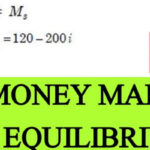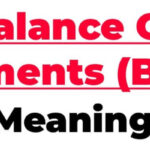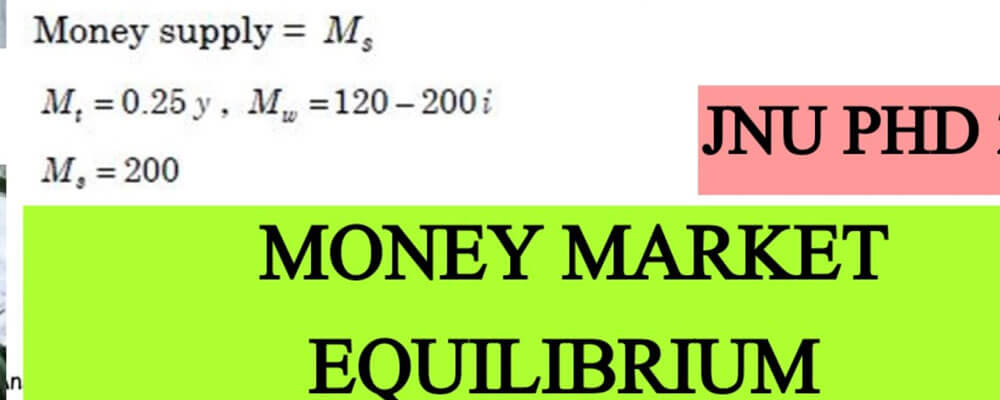Motivation theories try to explain why workers are satisfied with and motivated by one kind of job than another. Because highly motivated workers are more likely to generate a superior quality product or service than workers who lack motivation.
Therefore it is necessary that managers have a fundamental understanding of work motivation. Following are the main theories of motivation that should be understood by managers.
Table of Contents
ToggleMain Theories of Motivational
-
Maslow’s Need Hierarchy
Five main kinds of human needs are organized into hierarchy by Abraham Maslow. Maslow’s conception of people fulfilling their needs in a particular order from lower level to higher level is illustrated by the need hierarchy. The needs in ascending order are as follow.
- Physiological
- Safety or Security
- Social
- Ego
- Self-actualization
According to Maslow, people are motivated to fulfill the lower level needs first than they struggle to fulfill the higher level needs. A need is no longer a powerful motivator once it has fulfilled. However, Maslow’s hierarchy is simple theory and it is not exact theory of human motivation.
See Also: Challenges in Career Development
For example, in the hierarchical order everyone does not progress through the five needs. But three important contributions are made by Maslow.
First, he points out significant need classes, which can assist managers generate potential positive rein forcers.
Second, it is helpful to consider two usual levels of needs, in which lower-level needs must be fulfilled before upper level needs become significant.
Third, significance of the self-actualization and personal growth is sensitized by Maslow to the managers.
Self-actualization is popular concept coming from this theory. The average person is just 10 percent actualized according to Maslow.
-
Existence Relatedness Growth (ERG) Theory
Three needs are focused by Alderfer which are existence, relatedness and growth. Existence needs are same as physiological needs and to the physical elements of security needs of Maslow.
Relatedness needs are those that need interpersonal interaction to fulfill the requirements of things like esteem and prestige from others. Growth needs are same as self-actualization and self-esteem needs of Maslow.
-
McGregor’s Theory X and Theory Y
Traditional management view is represented by McGregor Theory X. According to this theory employees was uninterested in work, are lazy and required to be prodded to do.
On the other hand the Theory Y considers workers as mature, complex and creative persons interested in meaningful work. The workers would willingly to contribute their talents and ingenuity for the benefits of the organization under the right circumstances, according to McGregor.
He suggested that managers motivate workers by providing them the opportunity to develop their talents more completely and providing them the freedom to select the ways they would use to accomplish organizational objectives.
According to McGregor the function of managers is to align the requirements of workers with the requirements of the organization instead of manipulating employees so that workers should regulate their own performance and regulations.
-
Expectancy Theory
According to expectancy theory an individual’s motivation to exercise a particular level of struggle is the function of three things which are expectancy (E), Instrumentality (I) and Valance (V).
Motivation = E x I x V. “E” is the expectancy of person that her or his struggle will progress to performance. “I” shows the perceived relationship between getting the reward and successful performance. “V” shows the perceived value the individual links to the reward.
-
Reinforcement Theory
The law effect was formulated by Edward Thorndike in 1911. According to this law the behavior likely will be repeated which is followed by positive consequences.
This potential law of behavior places the basis for country investigation into the consequences of positive results known as rein forcers that motivate behavior. Following are four basic results of behavior either discourage or encourage behavior of people.
01 – Positive Reinforcement: Positive reinforcement refers applying a valued result that enhances the likelihood that the individual will repeat the behavior that guide to it.
Examples of positive reinforces contain letters of commendation, compliments, pay raises and favorable performance evaluations. Equally significant, jobs can be positively reinforcing.
Performing well on jobs that are monotonous and routine is less reinforcing and therefore motivating than performing well on interesting, challenging or enriched jobs.
02 – Negative Reinforcement: It refers to withholding or removing an undesirable result. For example, a manager takes a worker off probation because of better performance.
Frequent threatening memos warn individuals to accomplish every one of their many performance objectives.
03 – Punishment: It refers to administrating aversive results. Examples include assigning an unappealing task, shouting at an employee and sending a worker to home without pay.
Threat of punishment is included in negative reinforcement but not delivery it when workers are doing satisfactorily. Punishment is the real delivery of the aversive results.
04 – Extinction: It refers to withdrawing or failing to give a reinforcing result. When this happens motivation is decreased and behavior is eliminated or extinguished.
Examples contain forgetting to say thanks for a favor, not giving compliment for a job well done or setting impossible performance objectives so that the individual never experiences success.
Thus effective managers provide positive reinforcement to their enhanced-performing individuals and negative reinforcement to their reduced performance. They also extinguish or punish bad performance and other undesired behavior.
-
Herzberg’s Two Factor Approach
According to Herzberg’s Two-Factor theory Maslow hierarchy is split into lower level and higher level set of needs. It further suggested that the effective manner to give motivation for an employee is to offer to fulfill the persons higher order needs, ego and self actualization.
See Also: Methods of Performance Appraisal
Herzberg said that higher-order needs or motivators are different from lower-order needs or hygiene factors. Because lower-order needs are quickly satisfied, Herzberg keeps that adding more hygiene factors to the job is a very bad way to motivate.
-
MeClelland (Needs for Affiliation, Power and Achievement) Theory
According to MeClelland higher level of needs are most significant at work as said by Herzberg. MeClelland thinks that the needs for power, affiliation and achievement are very significant.
In order to identify an individual’s needs for affiliation, power and achievement he and his associates use the Thematic Apperception Test.
People are highly motivated to achieve a challenging goal or task as they have high need for achievement strive for success and prefer duties that have higher chance for success and avoid duties that are either too difficult or too easy.
People enjoy roles requiring persuasion as they have high need for power. Similarly people are highly motivated to keep warm and strong relationships as they have strong need for affiliations.
-
Adam’s Equity Theory
According to Adam’s equity theory people have a requirement for fairness at work, and therefore, value & search it. People are motivated to keep equilibrium between what they perceived as their contributions or inputs and their wages as compared to others.










